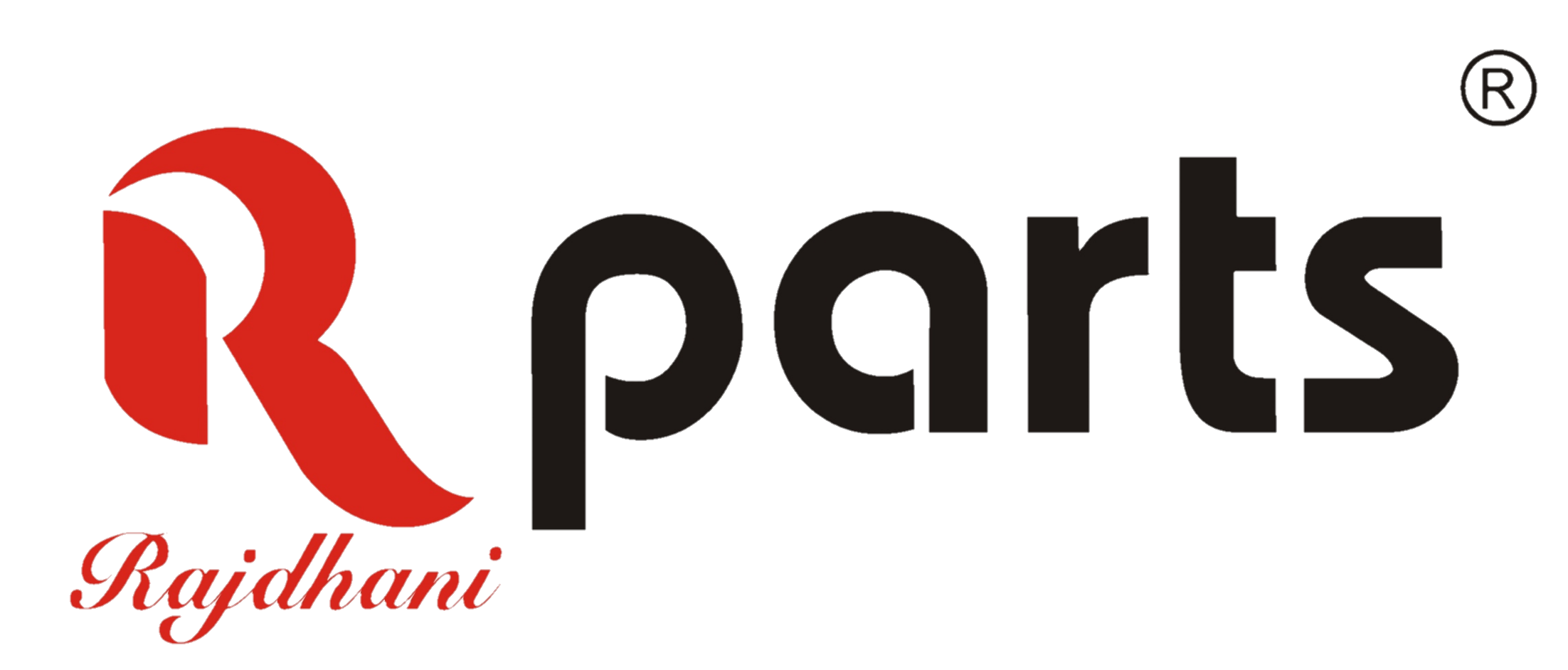There are many industry standards which govern the manufacture of hose end couplings.
Many hydraulic hose styles are available and are described in detail in the component manufacturer’s catalogs. The most common and popular hose are manufactured to the SAE J517 100R series and EN hose standards.
Temperature: Temperature of the fluid conveyed & and environmental conditions When selecting a replacement assembly, two areas of temperature must be considered. These are fluid temperature and ambient temperature. The hose selected must be capable of with standing the minimum and maximum temperature seen by the system. Care must be taken when routing near hot manifolds and in extreme cases a heat shield may be advisable.
Temperature :
Temperature of the fluid conveyed & and environmental conditions When selecting a replacement assembly, two areas of temperature must be considered. These are fluid temperature and ambient temperature. The hose selected must be capable of with standing the minimum and maximum temperature seen by the system. Care must be taken when routing near hot manifolds and in extreme cases a heat shield may be advisable.
Material: Fluid being conveyed, type and concentration Some applications require specialized oils or chemicals to be conveyed through the system. Hose selection must assure compatibility of the hose tube. For detailed fluid compatibility data, consult your hose and coupling manufacturer.
Pressure: Pressure to which the assembly will be exposed The most important step in the hose selection process is knowing system pressure, including pressure spikes. Hose assembly working pressures must be equal to or greater than the published working pressure will shorten hose life and must be taken into consideration.
